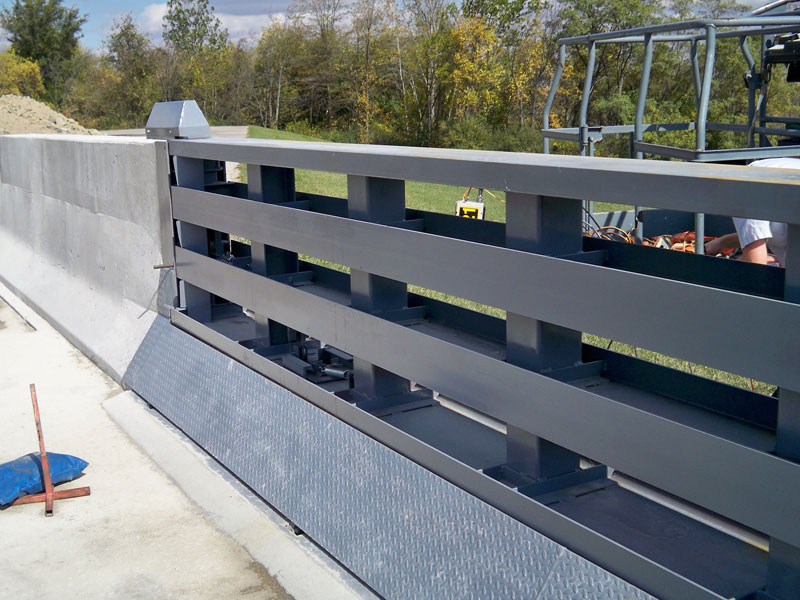The Median Responder Gate (MRG) was created specifically to provide responders a faster response to injured persons and to a hospital. TIME IS CRITICAL.
Hundreds of emergency crossovers have been eliminated with the construction of concrete median barriers. Why have emergency median crossovers not been replaced through these barrier walls? Possibly, prior to the MRG, there has been no “good” method available that incorporates speed of use, ease of use, and reliability while eliminating illegal U-turns through a
narrow median.
The Golden Hour refers to the period of time following a traumatic injury during which there is the highest likelihood that prompt medical and surgical treatment will prevent death. The Platinum Ten, the 10-minute interval, is a concept familiar to all types of emergency rescue and ambulance crews and is the 10 minute period during which emergency crews, upon their arrival at the scene, assess the situation and initiate treatment and transport of casualties. While the importance of 10 minutes is stressed to the EMT’s with the Platinum 10 concept, eliminating emergency crossovers through barrier wall adds additional travel time and can easily add more than 10 minutes to the response.
The standard that emergency responders use for response times seems to be from the National Fire Protection Association (NFPA). The NFPA 1710 standard states that “travel time for all units to reach an incident scene should be 8 minutes or less 90% of the time”. Elimination of emergency crossovers virtually assures failure of this standard. The MRG also reduces risk to responders. Studies show that responders are up to 5 times more likely to be injured traveling during an emergency situation. The MRG shortens that travel time.
OTHER IMPORTANT ISSUES
With the elimination of emergency cross-overs and no MRG, responders must take additional time to travel to an exit or end of the median barrier wall, turn and come back. In most cases, emergency median crossovers are eliminated where concrete median barrier wall is installed. Over the years, large numbers of emergency median crossovers have been eliminated.
Most states have guidelines for crossover spacing of 2.5 – 3.0 miles. Generally, these guidelines are followed in all cases except where concrete median barrier is installed. Stopped or congested traffic adds to the additional turn-around time. Narrow shoulders, bridges, or other shoulder obstructions add to the turn-around response time. Responders report being able to travel at speeds of 30-35 mph on a wide shoulder and much slower, if at all, on narrow shoulders. Forcing stopped traffic to “move over” is common and much slower.
The “turn-around” issue applies to the initial response time getting to the injured, but also must be considered for time to get the injured to the hospital. Exit ramps where a turn-around would occur normally have very narrow shoulders and may have stopped traffic as well. To compensate for the removal of emergency crossovers, emergency responders, where available, provide double the number response units. One group covers one side of the barrier wall and the second group the other side. This also removes one group from being able to take other calls. Many times a response unit at each end of the CMB does not exist.


